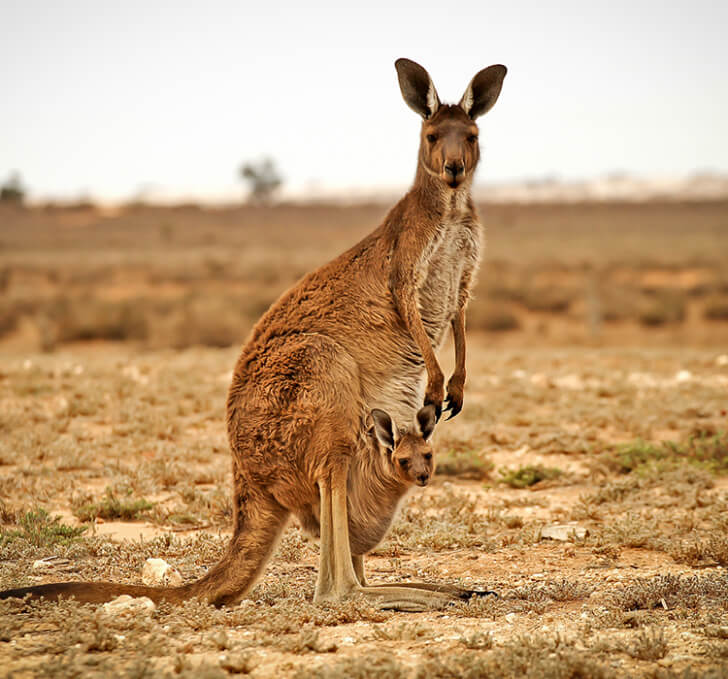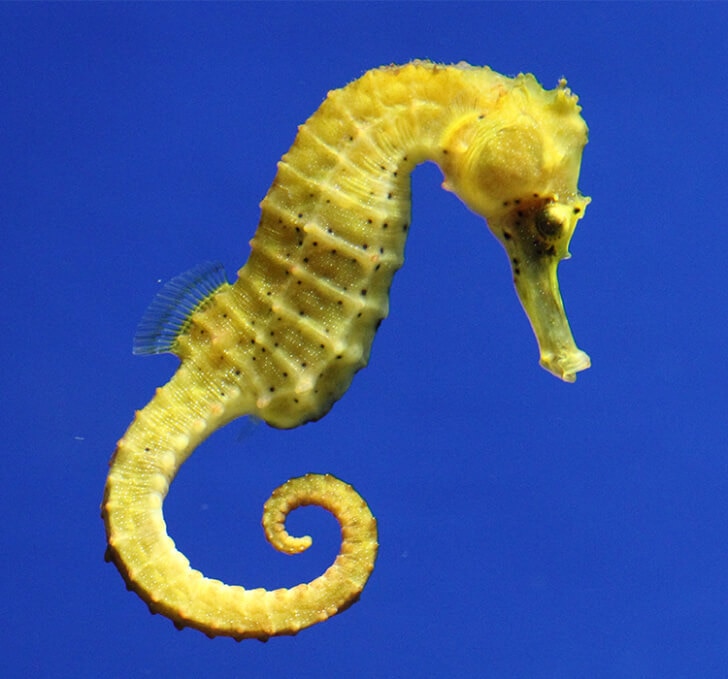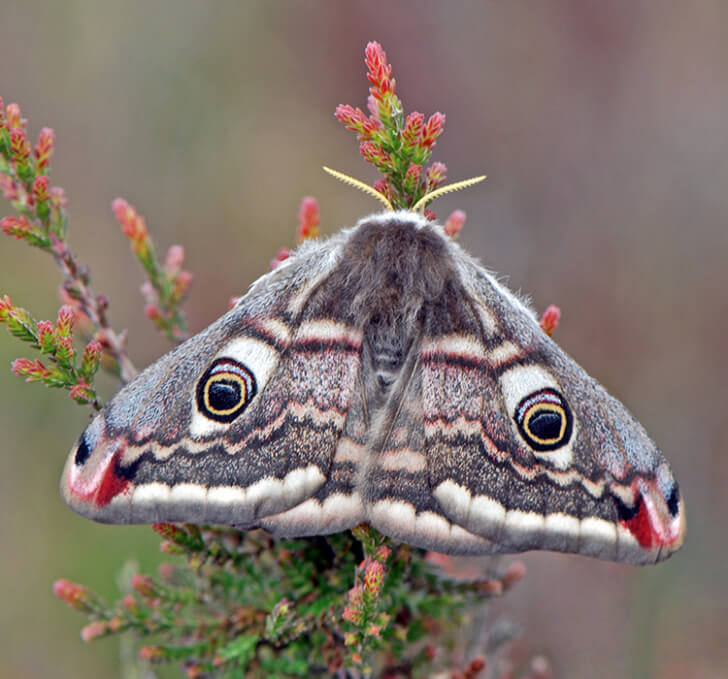BBC Earth newsletter
BBC Earth delivered direct to your inbox
Sign up to receive news, updates and exclusives from BBC Earth and related content from BBC Studios by email.
Animals
The animal kingdom has plenty of examples of birth, life and death that make our human life cycles seem placid and pedestrian.

Life; to you and me it might feel like a particularly complicated business. The journey we take from a single-celled virtual nonentity to multi-limbed individual that can sing, swim, dance and cry is a varied and miraculous one, but the animal kingdom has plenty of examples of birth, life and death that make our human life cycles seem placid and pedestrian.
The life cycle of the Adactylidium mite is so truncated that various stages overlap each other in a hair-raising way. For instance, offspring are born already pregnant. A pregnant mite will carry a number of female mite larvae plus a single male. This male will mate with the females while still inside the mother mite. Then all the larvae will eat the mother from the inside and emerge pregnant and ready to start the whole distasteful business off again. Like some microscopic soap opera.

The life cycle of our favourite marsupial is one of the most extraordinary in the animal world. For starters, the female kangaroo possesses three vaginas and two uteri. Two of the vaginas pass sperm into the uteri, while the other is used to give birth to the baby, or joey. Gestation is incredibly brief. Even in the largest species of ‘roo it only takes 33 days. Due to this, the joey is a tiny, blind, pink, hairless blob with just two rounded stumps for feet. In this underdeveloped state, the baby then has to clamber up through its mother’s fur and into her pouch where it can feed. It then stays in the pouch and develops for around six months. Meanwhile, if the mother becomes pregnant again while the first joey is still aboard, she is able to freeze that embryo in a form of suspended animation until conditions for birth are ideal.

After centuries of research and extensive exploration, scientists have discovered that the ocean is a really weird place. Creatures that don’t breathe, jellyfish that don’t have brains, crabs that are 12 feet long and blobfish. In many ways they are beyond the wildest of wild imaginations. One strange, and quite sweet, animal life cycle involves the seahorse. Unlike almost every other animal on the planet, the seahorse has shifted traditional sex-roles and it’s the male that “gives birth”. After an extensive courtship, involving colour changes and swimming displays, the female deposits her eggs in the male’s pouch or oviduct, which he fertilises. As up to 2500 eggs develop inside him, he dramatically increases in size before firing out tiny offspring into the ocean. The young are then left to fend for themselves as the father focuses on the next brood.

Some lifecycles are gross, some are astonishing. Then there are others that are just downright confusing. Take the cicada for instance. These large, flying insects are renowned for their incredibly loud chirping and also their unusual existence. The 17-year cicada is identified as such because it lives underground for that period of time, slowly developing while feasting on tree sap. Then, every 17 years, all of these cicadas emerge at once and live for… just a few weeks. So that’s 17 years beneath our feet followed by just a month in the open air. Then they all vanish for another decade and a half.

No lesser scientific mind than Charles Darwin believed that the unsavoury life cycle of the parasitic wasp was enough to question how a God could exist. In fact, in the years that have followed, researchers have realised that these wasps are even more stomach-churning than Darwin initially realised. Many varieties of this wasp not only inject their host with their young, so they can be devoured from the inside, they also release chemicals so they can control the mind of the creature they’re squatting in, forcing them to undertake behaviour entirely beneficial to the parasitic host. One variety called Copidosoma floridanum lives inside a moth caterpillar and develops into two specific kinds of larvae; ones that suck the creature’s blood and eat its organs and others that attack and eat the wasps that are sucking the caterpillar’s blood and eating its organs. Parasitic sibling cannibals. Darwin might have had a point.
Featured image © Stanley45 | Getty